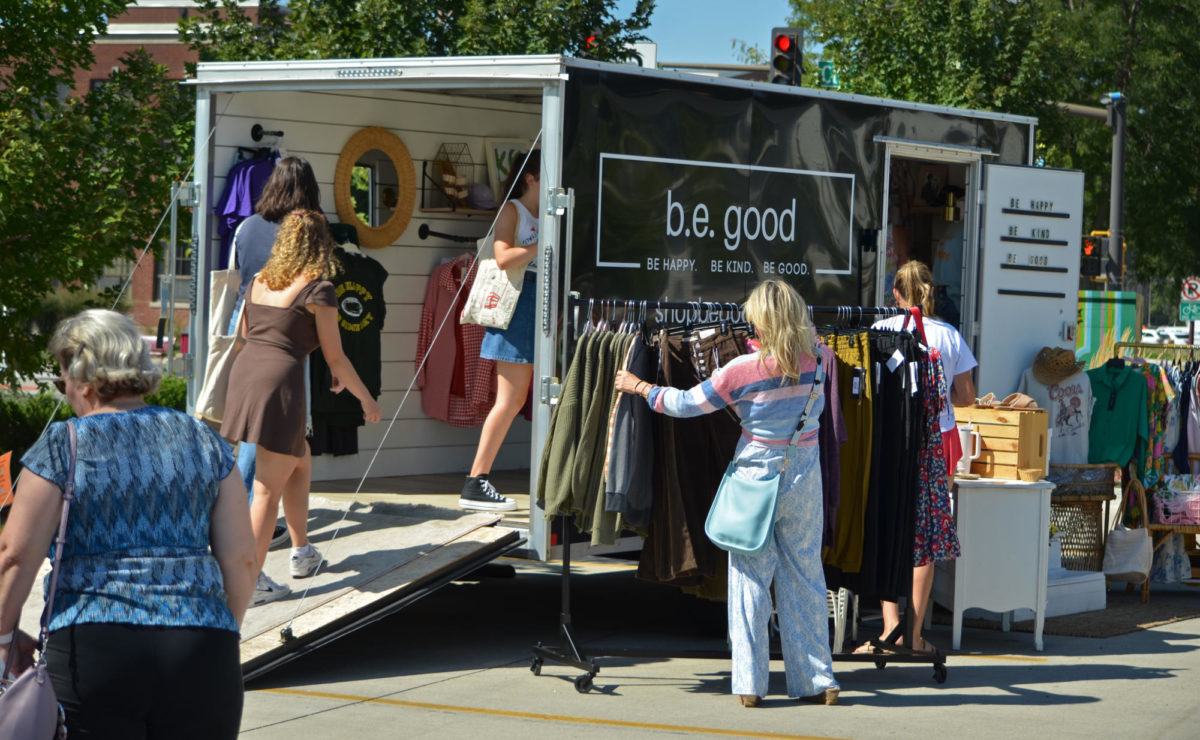‘R.I.C.E.’ the key to healing injuries
January 19, 2000
Whether students are playing broomball, basketball or soccer, or just walking to class, they need to know how to handle an injury, said Jim Nespor, chief physical therapist for the ISU Athletic Department and at the Lied Recreation Center.
Nespor said the first thing an injured person needs to do is a self-treatment.
“R.I.C.E. [rest, ice, compression, elevation],” he said, “will allow the injury to resolve within the first two to three days if it is minor.”
Nespor said he advises people to try to put as little pressure as possible on the injury, to ice it for the first couple days, to use an Ace bandage for compression on injuries such as a sprained ankle and to elevate the injured part when it first happens.
If the symptoms persist, Nespor advised going to the Student Health Center.
“You can see general physicians there that deal in sports medicine,” Nespor said, especially recommending Dr. Marc Shulman and Dr. Malhar Gor‚.
Students who have paid their health fees will get a 20 percent discount off the consultation, which will usually last 60 to 90 minutes, Nespor said. Depending on whether a student has insurance, the price of a visit can be about $60.
Some students might need physical therapy after a particularly bad injury, Nespor said. Those who need rehabilitation will be given specific exercises intended to target the injured body part.
“We will use various techniques such as heating, icing, stretching and different exercises to strengthen the injured part,” Nespor said.
On an average day, Nespor said he sees about 15 to 20 patients. Of those, 75 percent are regular students and 25 percent are student-athletes and staff.
The most common injury that Nespor sees (excluding the common sprained ankle) is knee sprains.
“Many people tear the ligament in their knee, and quite a few people end up getting surgery for it,” he said.
aling injuries
















